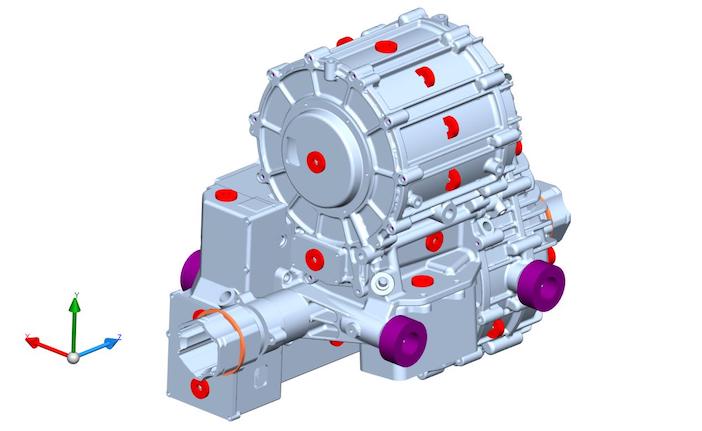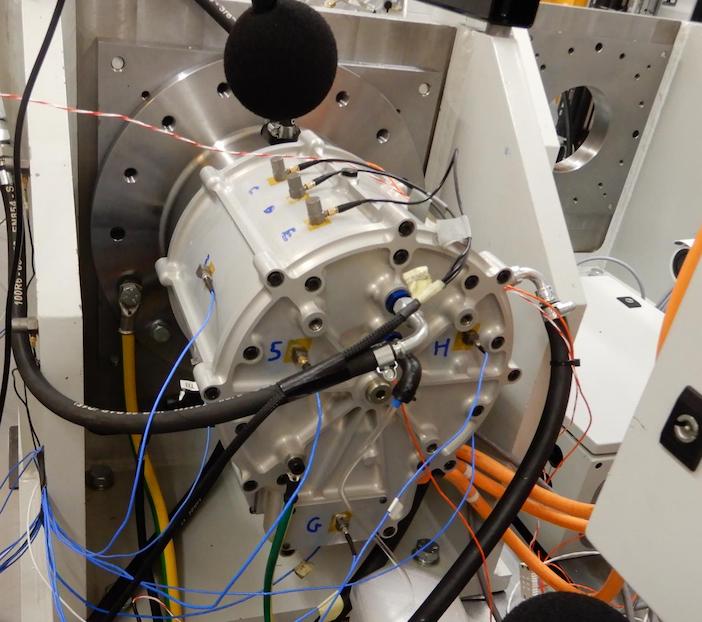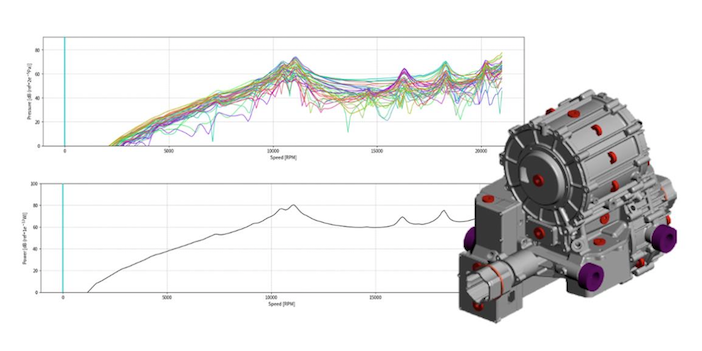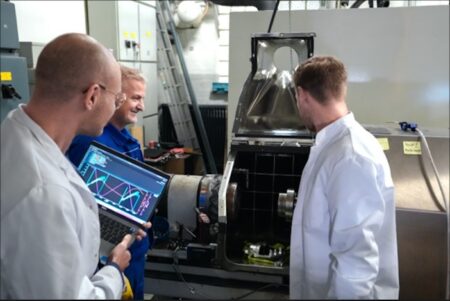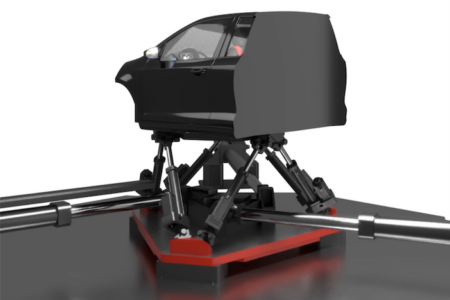Electrified powertrain engineering consultancy, Drive System Design (DSD), has developed a simulation method that can highlight potential NVH issues of electric drive units (EDU) while the design is still in the model stage.
The system-level modelling approach uses component and sub-system correlation tests to simulate NVH behaviour. DSD says the approach can accurately model anisotropic components and complex joints, which is critical to understanding how individual components interact at a system level. The company adds that the approach has been used successfully on current development projects to identify NVH issues that would have otherwise been missed at this stage.
“The move from ICEs has significantly lowered the acceptable level of NVH in vehicles, and as a result, late-emerging and costly NVH issues are now more common in the industry,” said Jordan Craven, senior engineer at Drive System Design. “Highly integrated EDUs with complex interactions between multiple components make it very challenging to predict and identify the source of NVH issues. It is critical for cost and time to market that they are identified before committing to physical prototypes.”
The company will be presenting a paper on this new approach at the 2022 JSAE Annual Congress held in Yokohama, Japan. The paper, titled ‘Challenges in optimising system NVH performance of electrified powertrains through developing correlated component models’ will be presented in the ‘Latest Noise and Vibration Technologies and Sound Design Technology’ session held between 12:35-15:15 (local time) on 26th May.
